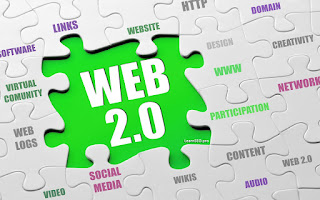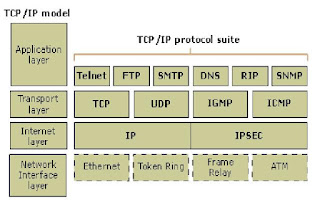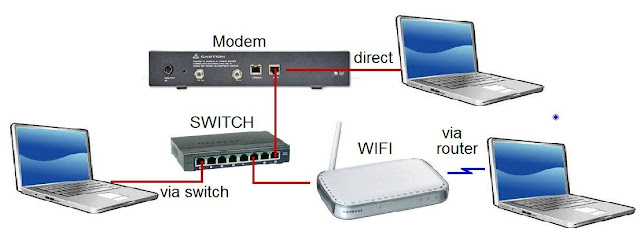Web 2.0
➧ Web 2.0
➤Web 2.0, also called Participative and Social Web, refers to world wide web website that emphasize user generated content, usability and interoperability for end users. Web 2.0 does not refer to an update to any technical specification ,but to changes in the way web pages are designed and used. The transition was progressive and there is no precise date on which the change occurred.
➤A Web 2.0 website may allow uses to interact and collaborate with each other in a social media dialogue as creators of user-generated content in virtual community, in contrast to the first generation of Web 1.0-era websites where people were limited to the passive viewing of content. Example of Web 2.0 features include social networking sites and social media sites, blog, wikis, video sharing sites, hosted service, Web application.
➤The meaning of the Web 2.0 have evolved over time, but it has come include social media as a major component. Although community has always been a part of the web, new web applications such as AJAX and more modern browsers began providing opportunity for people to express themselves online as never before, and to combine application to create a more integrated web. By 2005, the term Web 2.0 was well established, and companies such as Google made huge strides to integrate information online. For example, a website that reviews restaurants may use social media, user generated content, photographs from flicker, Google maps, and content from around the web to create a more complete user experience.
➤To a certain extent, Web 2.0 is just an over used buzzword. On the other hand, there is a genuine difference between the brochure-ware website in the early '90s versus the rich web apps of the modern web.
➤Web 2.0, also called Participative and Social Web, refers to world wide web website that emphasize user generated content, usability and interoperability for end users. Web 2.0 does not refer to an update to any technical specification ,but to changes in the way web pages are designed and used. The transition was progressive and there is no precise date on which the change occurred.
➤A Web 2.0 website may allow uses to interact and collaborate with each other in a social media dialogue as creators of user-generated content in virtual community, in contrast to the first generation of Web 1.0-era websites where people were limited to the passive viewing of content. Example of Web 2.0 features include social networking sites and social media sites, blog, wikis, video sharing sites, hosted service, Web application.
➤The meaning of the Web 2.0 have evolved over time, but it has come include social media as a major component. Although community has always been a part of the web, new web applications such as AJAX and more modern browsers began providing opportunity for people to express themselves online as never before, and to combine application to create a more integrated web. By 2005, the term Web 2.0 was well established, and companies such as Google made huge strides to integrate information online. For example, a website that reviews restaurants may use social media, user generated content, photographs from flicker, Google maps, and content from around the web to create a more complete user experience.
➤To a certain extent, Web 2.0 is just an over used buzzword. On the other hand, there is a genuine difference between the brochure-ware website in the early '90s versus the rich web apps of the modern web.



Comments